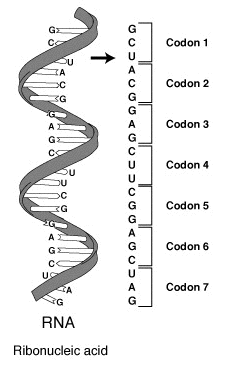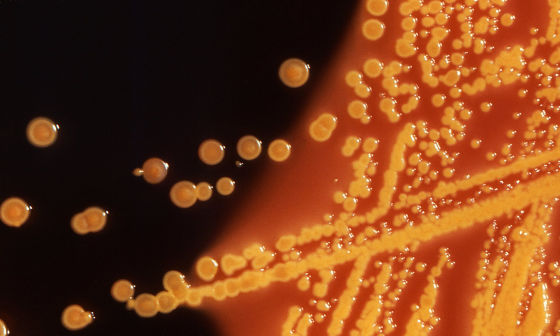Birth of a completely rewritten 'redesigned' organism

by
For the first time in the world, the first organisms in the world were redesigned the genome fundamentally with DNA sequences chemically synthesized in the laboratory.
Total synthesis of Escherichia coli with a recoded genome | Nature
https://www.nature.com/articles/s41586-019-1192-5
Cambridge scientists create world's first living organisms with fully redesigned DNA | Science | The Guardian
https://www.theguardian.com/science/2019/may/15/cambridge-scientists-create-worlds-first-living-organism-with-fully-redesigned-dna
Researchers make their own E. coli genome, compress its genetic code | Ars Technica
https://arstechnica.com/science/2019/05/researchers-make-their-own-e-coli-genome-compress-its-genetic-code/
This organism is E. coli which is usually found in the soil and in the human body. The redesigned E. coli is similar to E. coli found in the natural environment, but with less genetic directives, it can survive despite the fact. This research proves that life can live even if genetic sequences are restricted, and it is thought that a new way of creating organisms useful for new drug development and creating virus resistance has been opened.
An “artificial genome” created by researchers at Cambridge University in two years has 4 million base pairs consisting of adenine (A), thymine (T), guanine (G), cytosine (C), and A4 When printed on paper, the amount of information is 970 pages. The synthetic biologist Jason Chin, who participated in the study, said, “I had no idea if I could create such a large genome or change the genome,” about my heart when doing research.
In order for a living thing to produce amino acids in the body, it is necessary to specify different amino acid types in the genetic code called codons . The codons specify 20 kinds of amino acids using a total of 64 patterns of 4 × 4 × 4 in a combination of 3 of 4 DNA bases named ATGC, for example, “TCG” and “TCA”.

by Sverdrup
The fact that there are 64 patterns of directives to designate 20 different amino acids means that multiple codons are used to designate one amino acid. Therefore, researchers redesigned E. coli by removing extra codons from it. For example, the codon TCG specifies serine , but the researcher has done the work of rewriting this to AGC which means the same serine. After 18,000 edits, a total of three codons were removed from the E. coli genome, and the redesigned genetic sequence was chemically synthesized, replacing it with the E. coli native genome.
The synthetic organism produced in this study was called “Syn 61” and was observed to have survived without any problems, although there was a difference that it grew more slowly and survived longer than regular E. coli.
The following is Syn61.

In response to this study, Tom Ellis, a synthetic biologist at Imperial College London, 'They brought the field of synthetic genomics to a new level. Succeeded in creating the largest synthetic genome ever to date. Not only that, but the sequence changes made to the genome are the largest ever. '
The fact that the DNA is different means that the virus that tries to invade the organism becomes difficult to spread as before. For this reason, the results of this study may be useful for creating viral resistance effects. Since E. coli is also used to produce insulin and is used to treat diseases such as cancer treatment and heart disease, it is also considered as a new approach to the treatment of the disease.

However, there are researchers other than Cambridge University who are trying to change the genome sequence of E. coli and baker's yeast, and that Harvard University is also trying to create the genome of bacteria that has undergone more sequence changes. It is.
Related Posts:







